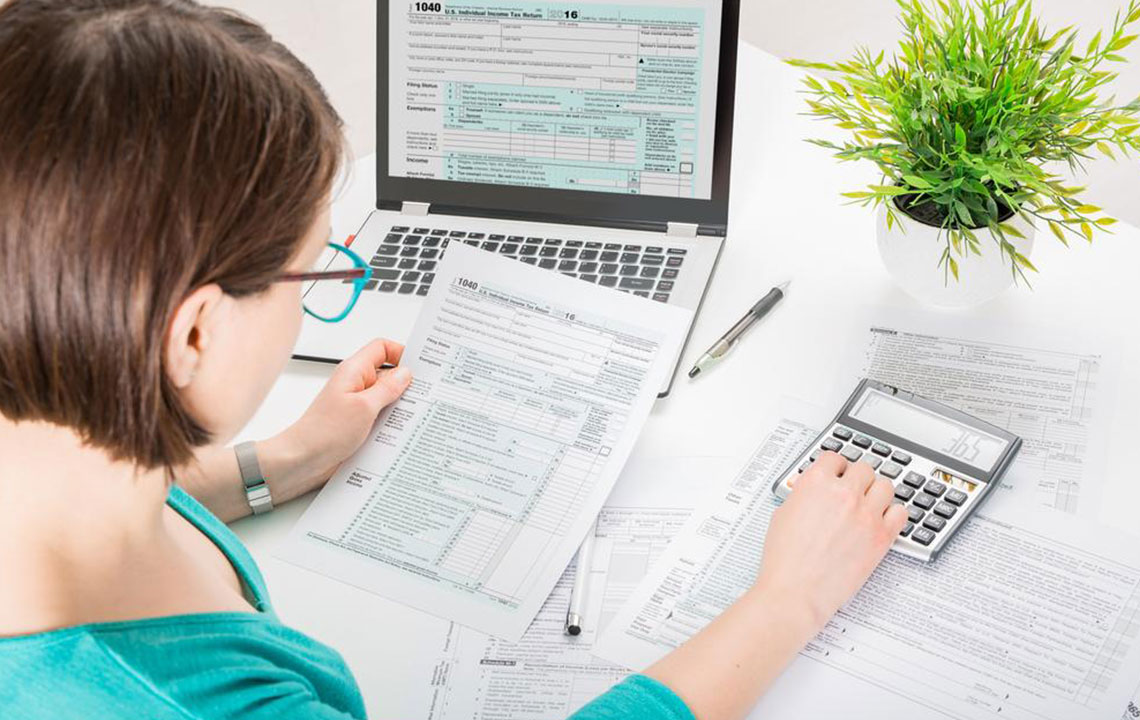The Ultimate Step-by-Step Guide to Successfully Filing Your Tax Returns
This comprehensive guide provides detailed steps for efficiently submitting your tax returns, from gathering documents to choosing filing methods and avoiding common pitfalls. Whether you're a first-time filer or experienced taxpayer, it offers practical tips to ensure a smooth, secure, and timely tax filing process, maximizing your refunds and minimizing errors.

Comprehensive Overview of the Tax Filing Process
Gathering All Necessary Tax Documents and Supporting Files
The first step in tax filing is to gather all relevant documentation required for an accurate calculation of your taxable income and deductions. This includes a variety of forms and records such as W-2s from employers, 1099 forms for freelance or contract work, investment statements (1099-DIV, 1099-INT), mortgage interest statements, charitable donation receipts, and records of business expenses if applicable. Typically, these documents are sent out by January 31, meaning you should begin checking your mail and email notifications early in February to ensure you receive all pertinent paperwork in a timely manner. Missing any crucial documents can lead to delays, incorrect filings, or potential audits, so meticulous organization and follow-up are essential.
Organizing Your Tax Data for a Smooth Filing Process
Maintaining a detailed record of your income sources, expenses, and deductions throughout the year can streamline your tax preparation. Use folders, digital files, or accounting software to categorize income, deductions, credits, and other relevant data. This systematic approach minimizes errors and saves considerable time when compiling your tax return. Additionally, keep prior year tax returns, receipts, and supporting documents accessible, as they might be necessary for reference or audit purposes.
Choosing Your Preferred Filing Method: Online or Offline
Once your documents are ready, decide whether to file your tax return online or in paper form. Electronic filing is generally faster, more secure, and offers the advantage of quicker refunds. If you choose e-filing, you can do so through various platforms, often with guidance tailored for first-time filers. Offline filing, while more traditional, involves mailing physical copies of your tax forms to the IRS or relevant state authorities. Consider your comfort level with technology and your need for speed to determine the best method for your situation.
Choosing the Right E-Filing Platform for Your Needs
For electronic submissions, several user-friendly platforms are available, including well-known options such as TurboTax, H&R Block, and TaxAct. These platforms simplify the filing process by guiding you through step-by-step instructions, automating calculations, and ensuring all required forms are correctly completed. Many of them also have features that automatically identify which tax forms, such as 1099s or W-2s, are applicable based on your inputs. Moreover, if your annual income is below $66,000, you qualify for free federal filing options through IRS-approved software providers. Many platforms also support free state tax e-filing, which can be a cost-effective choice for many taxpayers.
Prioritizing Early Filing to Minimize Risks of Fraud and Errors
The importance of filing your taxes early cannot be overstated. Early submission helps protect you from potential identity theft and tax-related scams. Fraudsters often target late filers, exploiting the rush to meet deadlines. Additionally, early filing ensures your refund is processed faster, enabling you to access your funds sooner. If you anticipate any issues or need to amend your return later, filing early gives you more flexibility and reduces the chances of penalties or delays caused by last-minute complications.
Final Review and Submission
Before hitting the submit button, thoroughly review all your entries for accuracy, completeness, and consistency. Cross-check figures with your supporting documents, verify Social Security numbers, and ensure you have claimed all applicable credits and deductions. Once everything is correct, proceed with submission. After filing, keep copies of your tax return and confirmation receipt for your records—these are vital in case of future audits or questions from tax authorities.
Post-Filing Activities and Staying Compliant
After successful submission, monitor your email or account on your chosen platform for confirmation and any further communication from tax agencies. If you owe taxes, prepare to make payments by the deadline to avoid penalties. Conversely, if you are due a refund, consider options such as direct deposit for faster receipt. Remember to update your records, keep track of your refund status, and plan for the next tax year by implementing strategies that simplify future filings, such as continued organization and document retention.
Whether you are a seasoned taxpayer or filing for the first time, understanding these comprehensive steps can greatly enhance your experience. Staying informed about the latest tax regulations, software updates, and deadlines empowers you to file efficiently, accurately, and confidently every year. Remember, diligent preparation and early action are your best tools for a smooth, stress-free tax filing season that ensures compliance and maximizes your eligible refunds.





